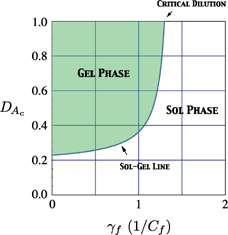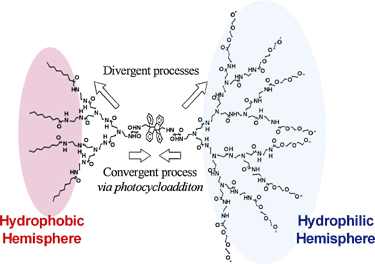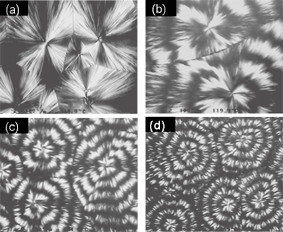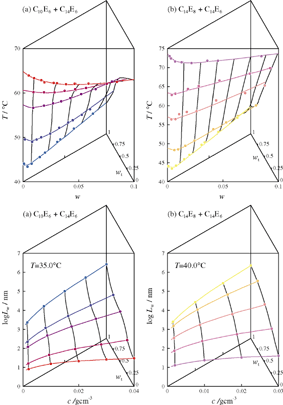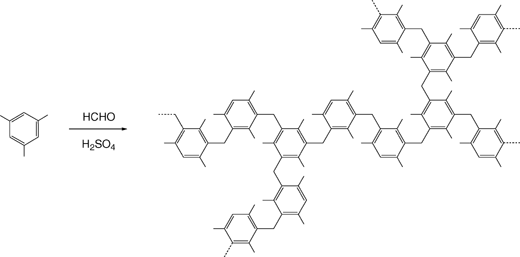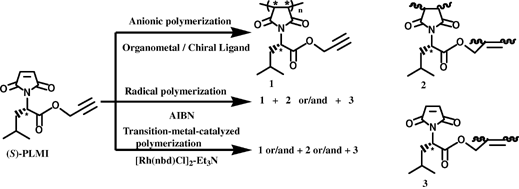H. J.
[Full Text PDF(J-STAGE)]
| This paper presents fundamental aspects, properties and applications of negatively charged polyelectrolyte gels, focusing on the electrical properties of polyelectrolyte gels, diffusion of proteins in polyelectrolyte gels, interaction between polyelectrolyte gels and oppositely charged molecules, mechanical strength of polyelectrolyte based gels. The properties of polyelectrolyte gels are shown to have considerable potential for practical applications, such as soft and wet scaffolds of cells, soft actuators and replacement of biological tissues. |
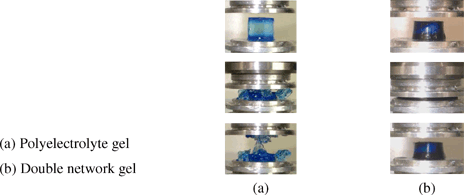 |
